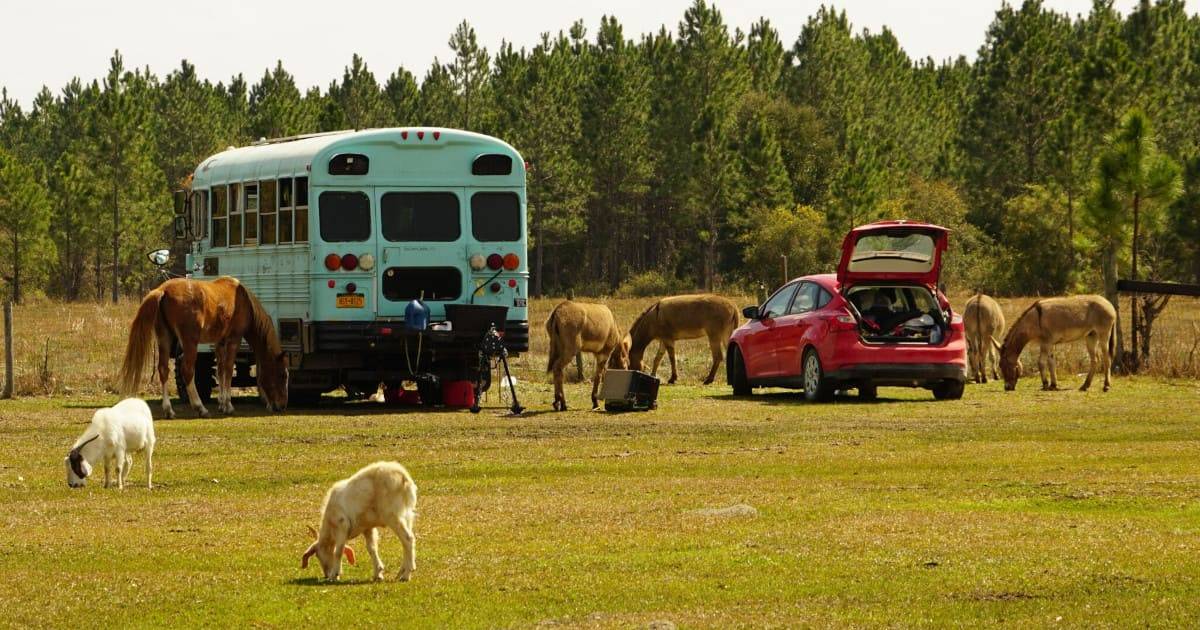For those who crave connection to the community and to the earth, homesteading has emerged as a viable solution. This movement supports a life centered around self-sufficiency and connection with the land. While it does have its challenges, the advantages tend to outweigh any inconveniences you might encounter. Here are five ways you can get started with homesteading.
- Start small
Homesteading can seem daunting, especially if you’ve never done it before. Set small, clear goals that can help you get started with the process. For example, planting your own vegetable garden or going to the farmer’s market are attainable goals that don’t require a lot of skill—in the beginning, it’s all about being mindful and building a foundation.
A good start for self-sustained living is to pick one or two projects that you’re interested in. If animal welfare is an issue that makes you hesitant to buy conventionally raised eggs, keeping a few chickens may be a good start. If you’re wanting to protect the environment, you may enjoy sewing your own clothes or buying second-hand. Regardless of what your goals are, be as specific as possible to ensure success.
- Find areas you can make adjustments
Look for consistent habits that you do regularly and find ways you can be more self-sufficient. Do you go to the grocery store every week? If so, consider starting a vegetable garden or root cellar to grow your own produce? Do you enjoy sewing? Perhaps making your own clothes could be a task you take on. Adjusting your lifestyle can even be as simple as cutting down on the amount of activities you do each day.
- Prioritize learning
Before diving into homesteading, don’t slack on research. Read up on the benefits of this lifestyle and how to accomplish different projects, like organic gardening, composting, and brewing your own beer. As you do your research, remember that no homesteader knows everything—try new things and learn from your mistakes. Here are a few homesteading resources worth checking out:
- Modern Farmer—This guide explains how to raise chickens in your backyard.
- Mother Nature Network—Instead of using chemical cleaners, try to make your own natural solutions with these alternatives.
- Self Sufficiency Magazine—Peruse through this site and find information on going green in the home, natural health, and recipes.
- Reuse and recycle
As you begin homesteading, try to reuse almost everything you have. For example, food scraps make a great addition to a compost pile, coffee grounds can be used as a natural fertilizer, and glass bottles can be used as flower vases. If you have a lot of paper in the house, you can repurpose magazines and newspapers into baskets or trays, create DIY envelopes, or make compostable seed pots.
- Repair items instead of buying replacements
If you really want to stretch your self-sufficiency, consider sharpening your repair skills. Try to repair as many items in your house as you can before replacing them entirely—not only will this save you money, but it will prevent material waste from building up in garbage dumps. If repairs aren’t an option, check your home warranty to see if you can replace the appliance altogether. This will prevent you from having to enlist the help of a service technician and can save you the time and money from going to the store and buying a replacement.














